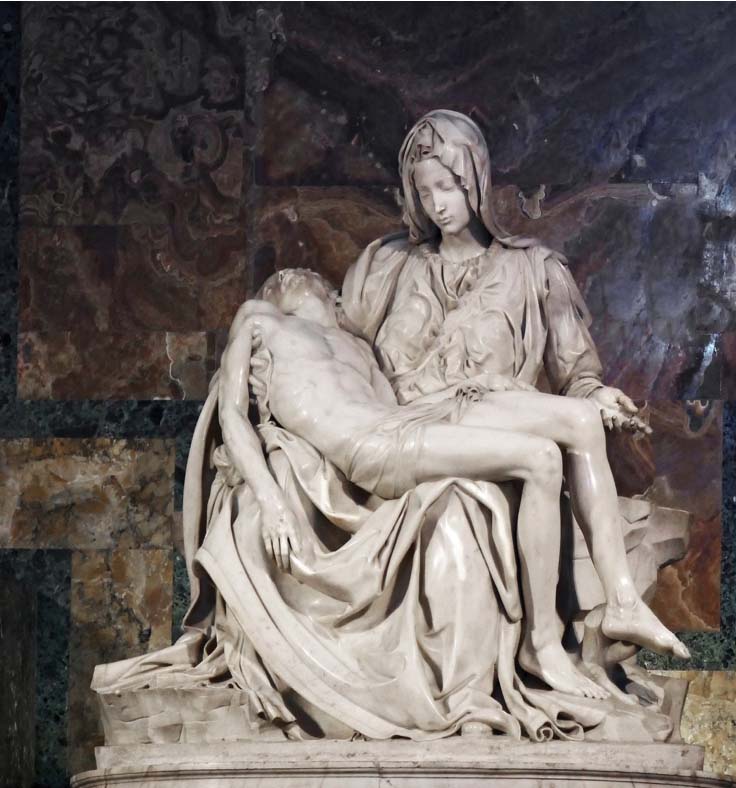Judy Bruce
“You are no longer the same after experiencing art!” This is a quote David Brooks found on a tote bag at the Museum of Modern Art store. David is a writer for the New York Times, and I immediately ordered that bag because it is such a profound statement! He asked if consuming art, music, literature, and the rest of what we call culture makes you a better person.
Ages ago, Aristotle thought it did, but today, many seem to doubt it. That is why we see arts programs cut. I had to fight every other year for my school district to retain the arts. David goes on to say college students are fleeing the humanities for computer science, having apparently decided that a leg up is more important than their souls. Museums have seen fewer visits since 2000; art galleries are closing, and plays, concerts, and ballets continue to see smaller audiences. Many of the arts programs happen online, but experiencing art in person is much more powerful.
I have always known that when we experience art, our minds are enriched with emotional knowledge. It makes your own experience richer and more meaningful, and it helps you begin to understand, if even just a little, those around you.
Brooks states, “I’d argue that we have become so sad, lonely, angry and mean as a society in part because so many people have not been taught or don’t bother practicing to enter sympathetically into the minds of fellow human beings. We’re over-politicized, while growing increasingly under-moralized, under-spiritualized, under-cultured.”
He feels that we must rediscover the humanist code. It is based on the idea that unless one immerses oneself in the arts, we may not confront the most important question: How should I live my life?
Only the arts can teach us empathy. Art can allow us to enter another human’s subjective experience: how he felt, how the other longed, suffered, or found joy. Art can allow us to move with others, experiencing the world the way they do. We have all read books that changed our life views, seen paintings that made us weep, and felt joy and sorrow at a ballet or while listening to music.

Picasso’s Guernica, which is a most powerful, empathetic rendering of war and one I thought perfect for this article, is still under copyright, so I am using Michelangelo’s Pieta, which is a glorious sculpture done by the artist at 23 years of age. It shows the profound bond between the Virgin Mary and her lifeless son, Jesus. Michelangelo’s meticulous attention to detail and magical artfulness breathes life into the marble, evoking a sense of empathy and compassion that transcends time. They both brought me to tears when I saw them.
As I said in the last column, seeing is vital to man. We are all artists of a sort. The universe is a silent colorless place, but using our imaginations we see colors, construct stories, hear glorious sounds, feel joy and sorrow. Our world is larger, kinder, more colorful with art!
Join us at the Sonoran Arts League for classes that will open your eyes and hearts, come to the Gallery and Hidden in the Hills to uncover glorious art that can bring you to tears or make you sing!
“You Gotta Have Art!”




